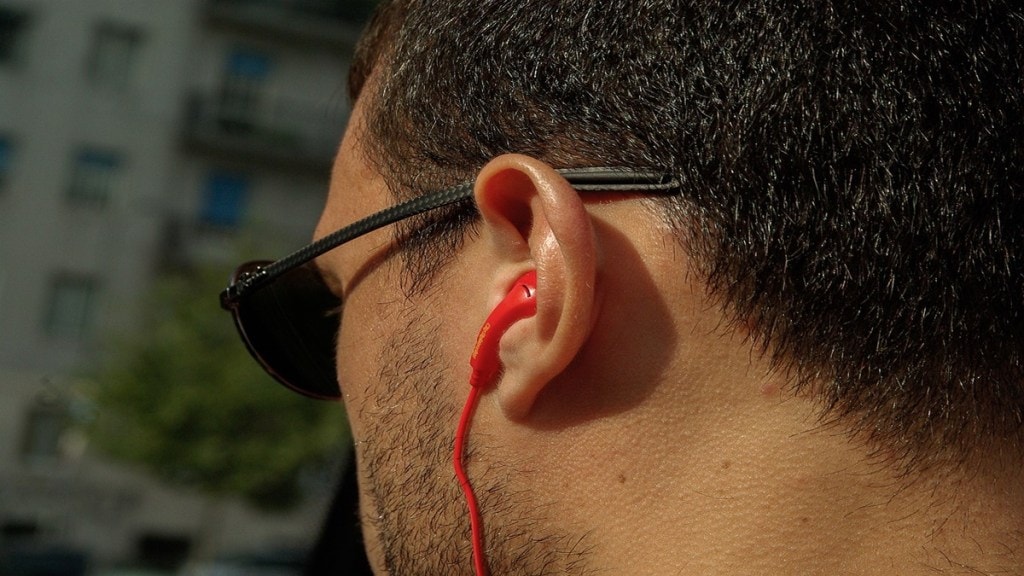Winter often brings an increase in ear infections, a condition influenced by both environmental factors and seasonal illnesses. During colder months, respiratory infections like colds and flu are more prevalent, and these can contribute to ear problems.
“The link between winter and ear infections lies in the anatomy of the ear. The eustachian tubes that connect the middle ear to the throat play a crucial role in maintaining pressure and draining fluid. In the event of respiratory infections or nasal congestion, these tubes may be blocked. Fluids are then retained in the middle ear. This provides bacteria and viruses with the ideal breeding environment. The ears may become sensitive to cold air exposure,” Dr. Dhirendra Singh, ENT Surgeon, Pristyn Care told Financial Express.com.
Prevention begins with protecting ears from cold temperatures. Wearing earmuffs, scarves, or hats can be useful to minimize direct exposure to the wind.
According to Dr. Singh, the right diet and regular hydration can help keep immune system healthy. It can prevent infections and make a person less susceptible to tonsillitis or any other kind of infection. Keeping mucus thin is also one common aspect of hydration, which can facilitate natural drainage of sinuses and ears.
For those with seasonal triggers, managing allergies is crucial. Allergies may exacerbate nasal congestion, and this can be a contributory factor to eustachian tube dysfunction. Antihistamines or decongestants, as prescribed, may help relieve these symptoms. Second-hand and first-hand smoke exposure should be avoided since it irritates the respiratory tract and increases susceptibility to infections.
Hygiene practices such as hand washing regularly can keep germs that cause the respiratory infections from spreading; these infections often occur a few weeks before ear infection during winter.
If symptoms such as ear pain, decreased hearing, or persistent discomfort occur, it is recommended to seek medical help immediately. This will prevent complications and accelerate recovery. Treatment may involve pain relievers and, in some cases, antibiotics if the infection is bacterial. Warm compresses can be used to provide temporary relief for discomfort, he said.
It is also very important not to insert any objects, such as cotton swabs, into the ears. These can push wax deeper or cause irritation and may worsen the situation.
Taking proactive measures to protect your ears during winter can make a big difference in preventing and managing infections. You can reduce risks and enjoy a comfortable, healthier season with the right precautions, he added.

